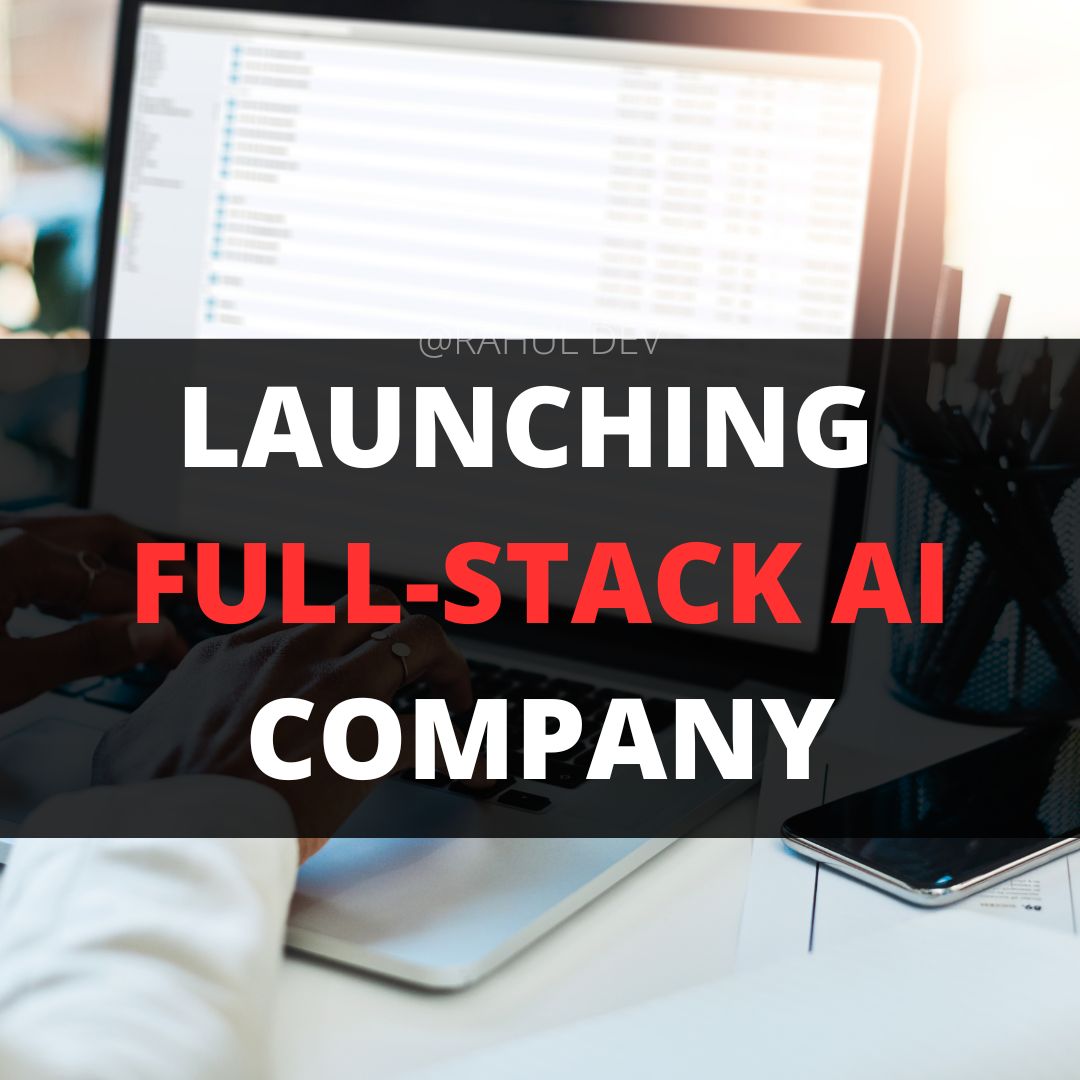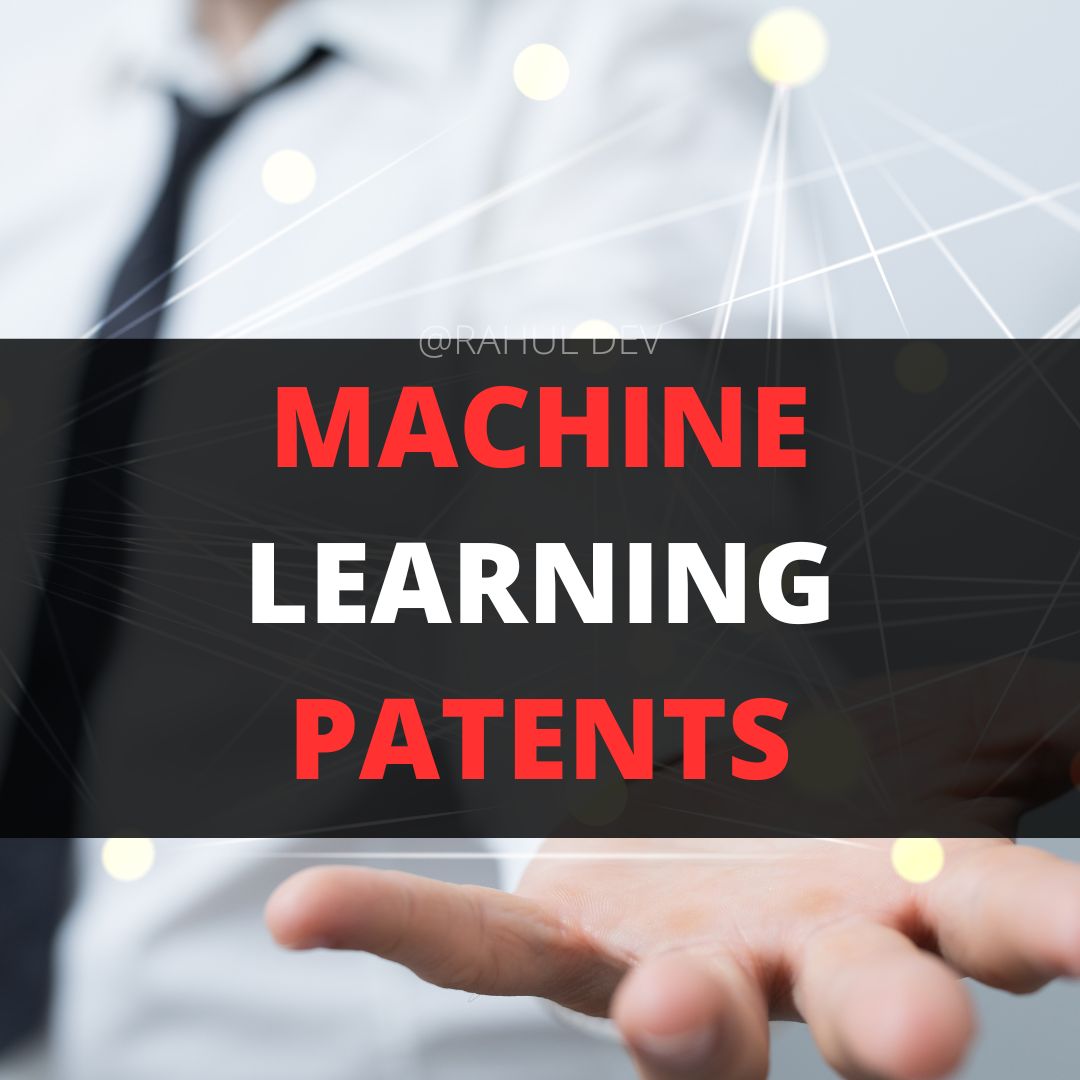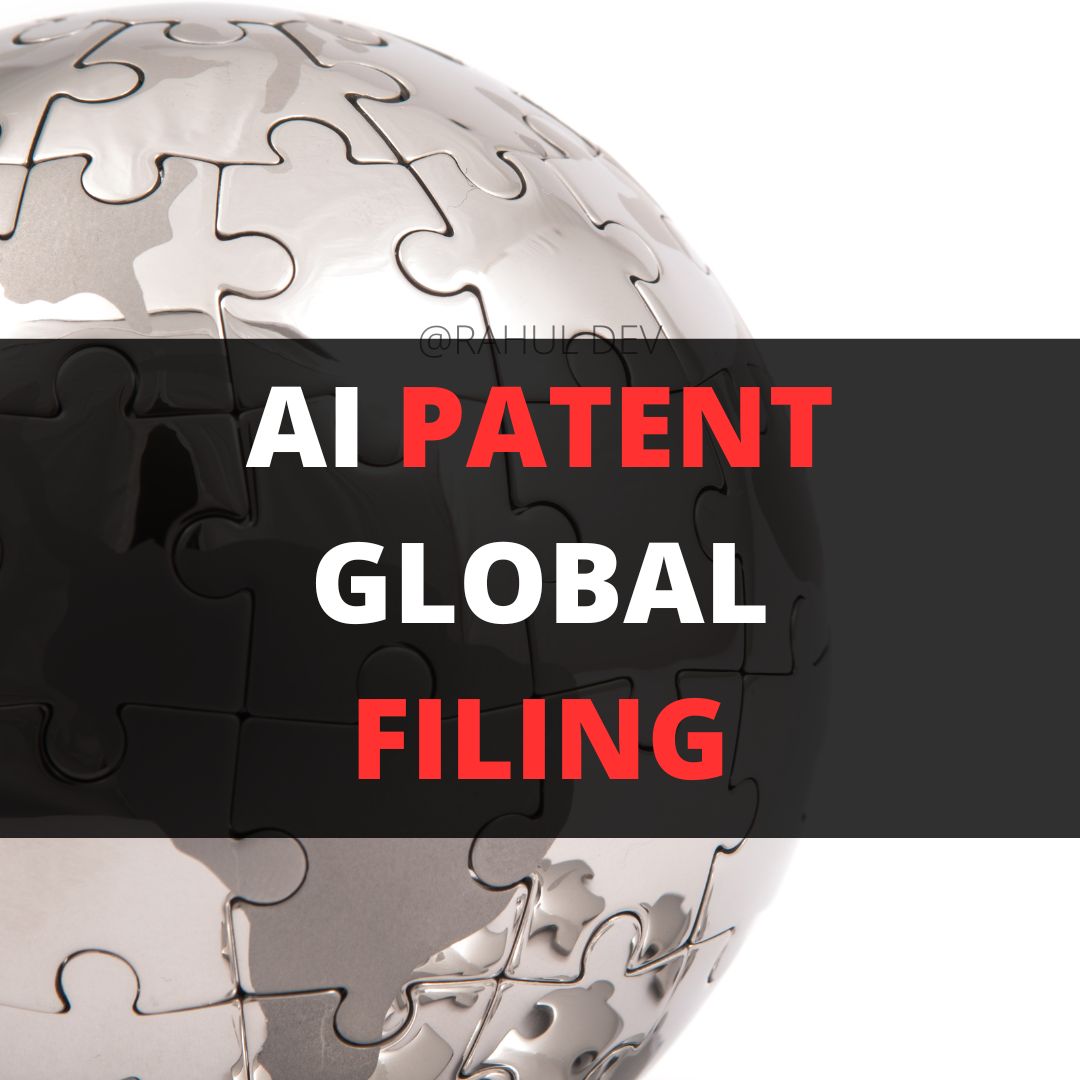

Artificial intelligence is not just said to be the future of technology, but the future of Earth and humankind itself. This is something that has been supposed for decades now, even if the imagination of what A.I means has transformed over time. From the twentieth-century imagination of flying cars and one bite meals, we’ve come to a world where we have robot-run restaurants, automated stores, and smart homes.
The Internet of Things (IoT) has come together to create the possibilities of not just quicker processes and synced data, but also a way to help those that were previously unable to access help in an analogous manner.
A lot of this is the work of genius, intensive education, years of research, and dedicated hard work. With that comes the obvious question. Who owns this research, and who gets to benefit from the credit of it? With any invention comes the process of patenting it.
In a world with A.I technology being created every day, there is not only an intentional overlap of ideas (and intentional competition) but also a need to understand what the acceptable practices of patenting A.I inventions are. Rahul Dev’s patent expert team has a look at just what these practices are.
As Parola Analytics astutely points out, there has to be a way to build an efficient IP strategy for Artificial Intelligence, given the rising popularity of it in innovation and progress. The 62% increase in patent applications related to A.I, in the last decade alone, is proof of this.
One of the largest issues A.I faces is the inability to be defined or understood. Whether it is an application that teaches and improves itself, or a robot capable of holding a human conversation – if it cannot be clearly understood, then its idea remains abstract. An abstract idea cannot be patented. However, as evidence suggests, there are many inventions for which the workability is unknown but patents have been granted. For instance, drugs whose results and methods of action are only known after approval and patient administration.
Between this, the “obviousness” of the invention, and the reproducing factor, the debate remains whether AI should be patented, or whether it should be protected merely as a trade secret of the entity behind its creation.
Regardless of it, there are still some practices that have been put in place to patent inventions that fall under the A.I category. Over time, these practices can only expect to improve and adapt to the exponential speed with which A.I is being developed worldwide.
The USPTO (United States Patent and Trademark Office) has provided some guidelines on how to effectively understand what is patentable and what is not. Since A.I is not one singular code, but a series of complex software and algorithms, it is not easy to simply patent it. For one, there is nothing predictable to patent. Second, oftentimes codes are not written from scratch, and the ownership of a base code or a section of an algorithm might belong to a pre-existing invention. Therefore, patents are linked not to the algorithm of A.I itself, but rather the results it can produce.
Other best practices include full disclosure of the data used to produce the algorithm, its innovative nature, and its usability. The European Patent Office has also added the rule that the inventor must be a human entity, i.e, an existing A.I cannot be considered an inventor of another A.I.
Ultimately, it has been decided that inventions and Artificial Intelligence can be patented, and follow the general rules and principles of a patent application. However, it is fundamental to describe the full scope of the invention and the process of the invention in order to prevent any questions of ambiguity. There cannot be a chance to leave room for dispute and argument. The patent grant world is already a tricky one for tangible inventions; so creating proof without a doubt at the unique, tangible result of an A.I invention is crucial in being able to obtain any kind of patent for it.



